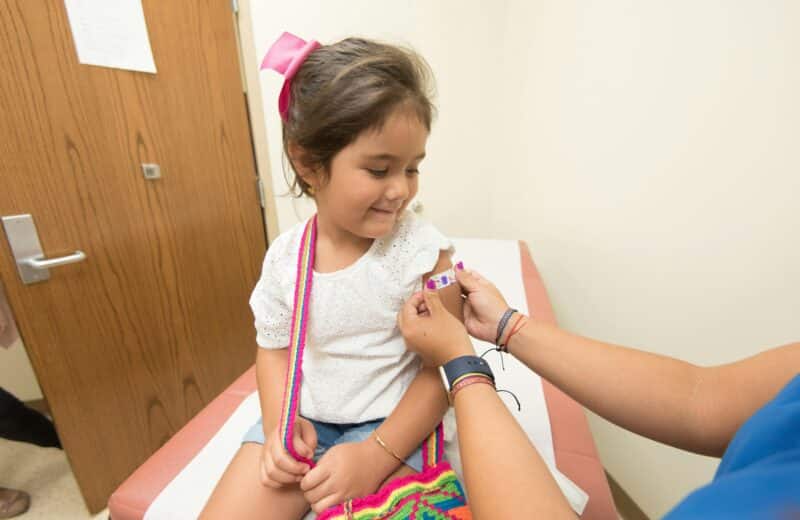The teen years have always been a trying time, but now they are more stressful than ever. And the incidence of depression in teens is rising.
The percentage of teens age 12 to 17 experiencing major depression during a 12-month period jumped from 8.7 percent in 2005 to 11.3 percent in 2014, according to a study published in 2016 in Pediatrics. The study found that rising depression was more prominent among girls.
Parents concerned about the mental well-being of their teens can be alert to the tell-tale signs of depression. SooMi Lee-Samuel, MD, medical director of Timberline Knolls Residential Treatment Center in Lemont points to the following signs:
— Changes in appetite
— Disinterest, social withdrawal or isolation from peers or activities
— Irritable mood and mood swings
— Problems with concentration
— Problems with sleep
Earlier puberty, with its rush of hormones and physical changes, may play a role in the increase in depression among young girls. The average age of a girl’s first period is 12 and a half, but some girls are now experiencing the onset of puberty as young as 8 or 9.
“There have been documented reports that girls have increased psychological distress — in particular depression — that occurs with puberty,” Lee-Samuel says. “So it may be that since puberty is increasing at an earlier age we’re starting to see these girls also exhibit emotional distress.”
The emergence of reality TV and social media is also a factor. Teen girls can constantly compare their appearance to celebrities who are portrayed as ideal, says Stephanie Bonier, LCPC, a clinical therapist at the outpatient program at Linden Oaks Behavioral Health in Naperville, part of Edward-Elmhurst Health.
“When teenagers try to fit their own body image and beauty into that frame of unrealistic expectations and can’t achieve them, [the experience] feeds into their poor self-esteem and maybe feelings of being helpless and hopeless,” Bonier says.
A 2016 UCLA study used fMRIs to analyze the brain activity of teens when they looked at social media photos. “The study showed that when their own photo received a ‘like,’ their brain lit up as if they were winning at a game or seeing the face of a loved one,” Lee-Samuel says. “If a lot of people say they like you, you may have a false sense of security. Conversely, if they don’t like you and make fun of you on a social media platform, that can make you much more likely to be emotionally fragile.” Cyberbullying can also contribute to teen depression.
Teens who are depressed may use self-injury as a way to cope. The behavior, known as non-suicidal self-injury, is defined as the deliberate, regular self-inflicted destruction of one’s body without the intent to commit suicide.
Most people who harm themselves are in their teens, and the behavior is more prevalent among girls than boys. Those who injure themselves most commonly cut their skin, perhaps with a razor blade, scissors or a knife, or they burn their skin, hit themselves or even break their own bones.
Some individuals who self-injure may experience emotions that are so intense they are unable to express them verbally, Bonier says. The physical pain they experience from harming themselves gives them temporary relief from their psychological pain. For others, the physical pain of self-injury may be a relief from feeling emotionally numb or dead inside.
Teen depression can also lead to suicide, which is the third leading cause of death for adolescents age 15 to 19, according to the Centers for Disease Control and Prevention.
Depression can be damaging if left untreated. A growing number of teens and young adults do not receive any mental health treatment for their depression, the Pediatrics study says. The authors call for renewed outreach efforts, especially in high schools, colleges and pediatric practices.
Both Timberline Knolls and Linden Oaks offer individual, group and family therapy to teens experiencing depression, including those who self-injure. Creative arts therapy may also be part of the program. “Yoga and dance movement therapy are especially helpful for girls who self-injure because they teach girls to use their bodies to express themselves in positive ways,” Lee-Samuel says.
If the teen expresses suicidal or homicidal thoughts, parents should immediately take their teen to the nearest emergency room”
When parents notice changes in behavior, they can help by keeping lines of communication open. Lee-Samuel suggests asking in a non-confrontational way if something is bothering him or her; for instance, they can say, “I’ve noticed that your mood has seemed a little low. Is there something going on with you?”
Family members may also want to touch base with the teen’s school and friends to see what they have noticed. If signs of depression persist, families can consult a pediatrician, professional therapist or psychiatrist. If the teen expresses suicidal or homicidal thoughts, parents should immediately take their teen to the nearest emergency room, Lee-Samuel says.
As a complement to treatment for depression, the National Institute of Mental Health recommends that teens take good care of themselves. Recommendations include:
— Exercising every day
— Getting a good night’s sleep
— Going outside for nature walks
— Eating healthy food
— Talking to supportive family members
— Going out with friends and participating in activities that encourage self-expression
While teen depression can be quite serious, the support of parents and friends can help teens get back on track. And, Bonier says, treatment can help teens move to a place of recovery, find purpose and find that life is worth living.













